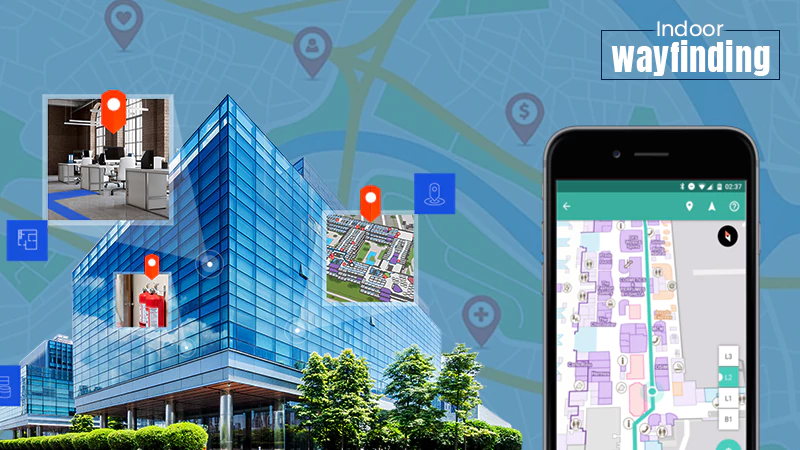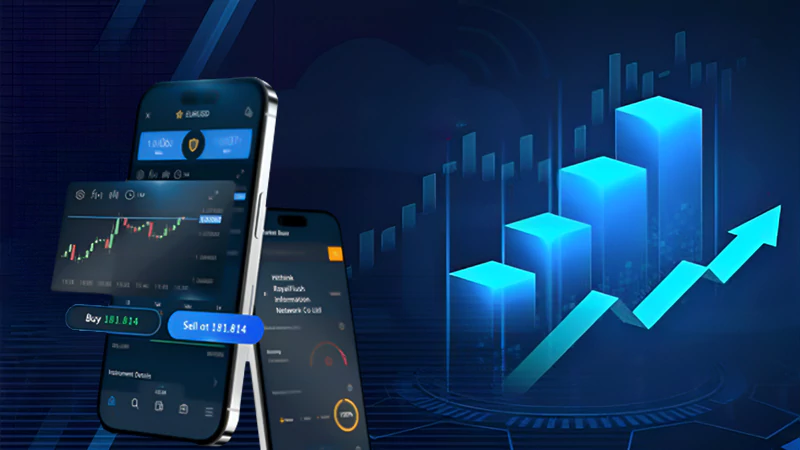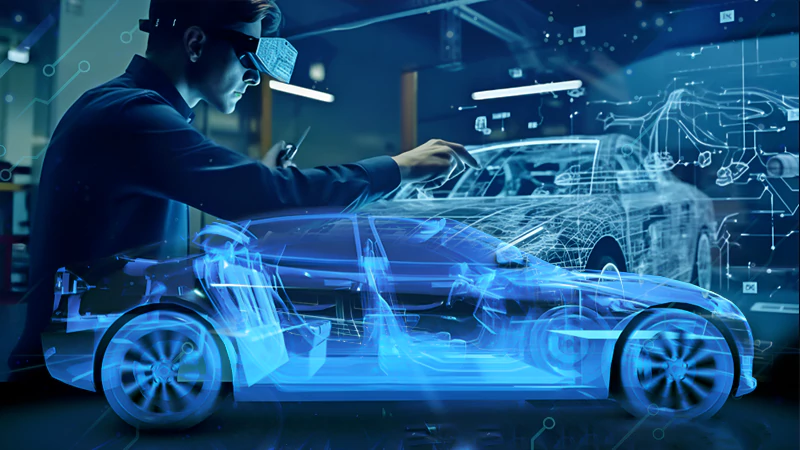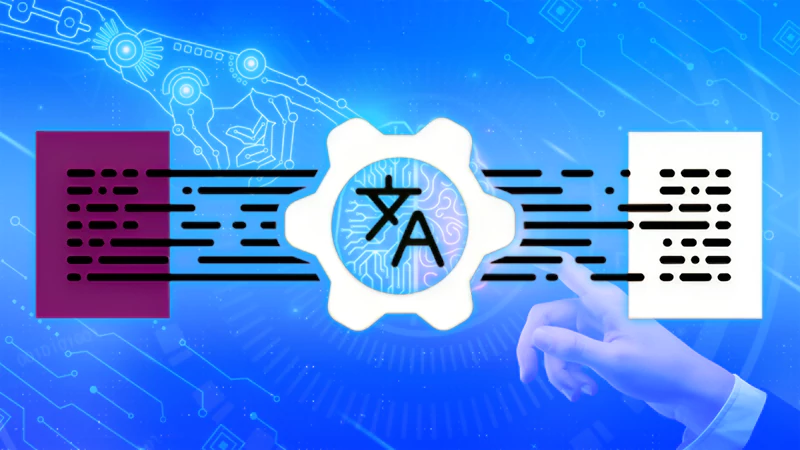The Automotive or automobile industry is a massive sector filled with potential and possibilities. One of the many contributors to fostering those possibilities is the intersection of technology.
From automation to better connectivity, cars have never been so advanced in history. Take the BMW XM SUV and Volvo EX90 as examples, both cars are filled with advanced features and efficiency.
With that note, let us take a look at a clearer picture of how the tech and automotive industries make wonders.
How Technology is Shaping the Automotive Industry?
The sector is currently a hotspot of engineering and innovative opportunities. As a result, vehicles are getting advanced day by day. The following are some outcomes:
- Development of Autonomous Vehicles
- Shifting Towards Alternate Fuels
- Incorporating 3D Printing Practices
- Introduction to Augmented Reality in Cars
Autonomous Vehicles
There are 6 levels of automation in a vehicle. Each level offers its own degree of assistance and features while you drive. All of these levels are mentioned below:
- No Driving Automation (Level 0): As you can guess, level 0 does not offer any kind of automation in driving. From braking to acceleration, all the functions are at your footsteps. Traditional cars come under this category.
- Driver Assistance (Level 1): This is the stage where your stress gets a bit lower with features like constant assistance during acceleration, braking, and steering. Speaking of some instances, level 1 automation offers you an electronic adaptive speed regulator, adaptive cruise control, lane-keeping assistance, or lane-centering assistance.
- Partial Driving Automation (Level 2): Level 2 vehicle goes a bit further with modern qualities like advanced driving assistance systems (ADAS). From here, the driver can relax to an extent as all the braking, acceleration, and steering are done by the program.
However, the driver still needs to stay attentive on the roads with 100% attention involved. - Conditional Driving Automation (Level 3): As of now, level 3 automation is only limited to some prototypes. The key factor of attraction of level 3 is that the system can take over driving whenever the driver wants.
- High Driving Automation & Full Driving Automation (Level 4 & Level 5): Speaking of level 4 and 5 automation, it has only been possible in papers. However, several car taxi companies like Waymo are running public trials of level 4 automation in cities like Phoenix, San Francisco, etc.
Alternative Fuels
Petrol & Diesel are already being a pain in the nose for the environment. Therefore, keeping climate change and global warming in consideration, customers, and companies are steering towards alternative fuels.
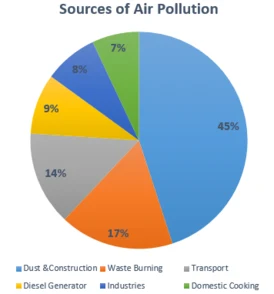
As you can see here transport is one of the major contributors to total air pollution.
Therefore, people are becoming aware and are focusing more on alternate fuels like hydrogen cells, ethanol, CNG, electric vehicles, etc.
3D Printing in Manufacturing
Yes, you heard it right. After modeling and construction, 3D printing is making its place in car manufacturing as well. As highly thoughtful and engineered materials are being introduced such as carbon fiber, the vars are getting more lightweight & rigid.
A primary example of 3D printing in car manufacturing is AGH Racing – RTE 2.0. A racing car made with 3D printed elements. Revealed on 11 July 2019, its battery pack casing was printed from an inflammable material on a 3DGence INDUSTRY F340 device.
Augmented Reality in Vehicles
The infotainment systems in cars and vehicles are already becoming highly interactive and functional. On top of that, car brands are further introducing tech like augmented reality.
AR technology improves the whole experience on steering by providing real-time navigation, alerts, and information on windshields or heads-up displays. But, this tech needs to be worked on as it can also be distracting sometimes.
Risks & Advantages of Technology in the Automotive Industry
The truth is that there are two sides to every story. Similarly, technology in the automotive industry is a double-edged sword. It has its own risks and benefits.
Following is the table that explains all of them:
| Pros | Cons |
| Tech can make driving more convenient and less frustrating | It can result in increased reliance on technology |
| Better tech incorporation help in improved safety | The upfront cost to buy a vehicle might increase with more features |
| With alternate fuels, the world can be a better place | So many technical features can also be distracting |
| With technology like AR, infotainment systems and alerts, etc. can be more interactive |
Final Words
Thanks to technological advancements, driving has never been so easy. Features like self-driving, augmented reality, hydrogen cell engines, etc. are a reality now. However, there are some pros and cons that you must stay aware of. And remember, a machine can never replace a human. Therefore, it does not matter how advanced and automated your vehicle is, you must stay conscious on the road to avoid accidents.


